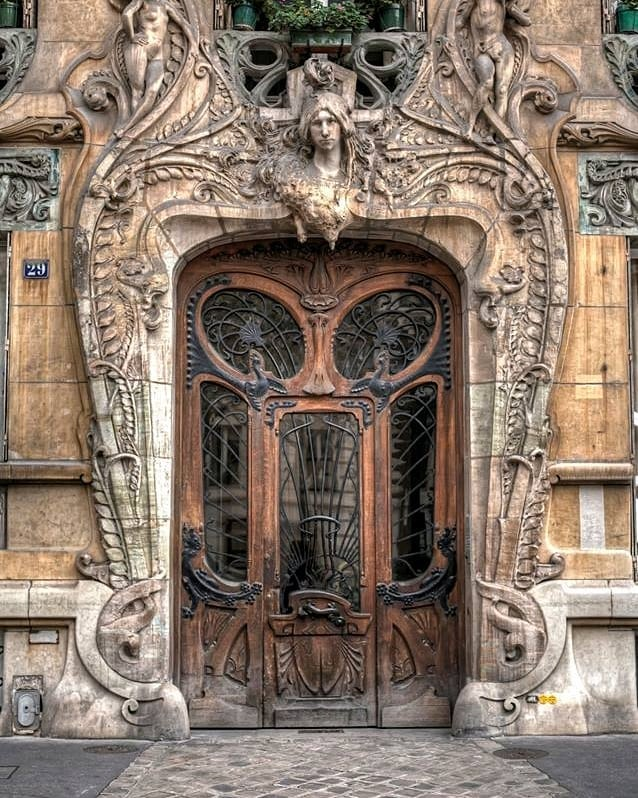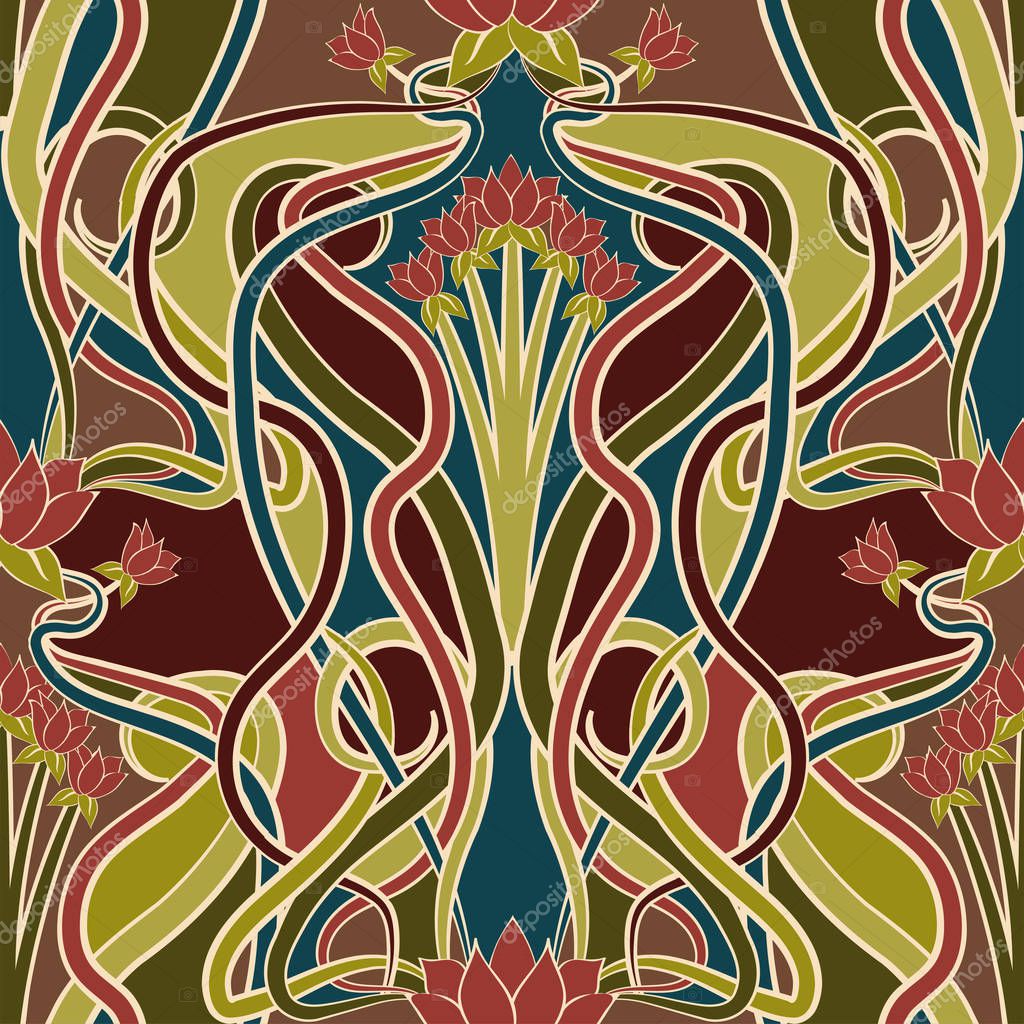

When Gaudí died in 1926, the cathedral was only 20% complete. When Gaudí was appointed to work on the church in 1883, he did so knowing he would not live to see the project completed, a representation of his devout faith. His most famous work, La Sagrada Familia, has been under construction since 1882 and is still being worked on to this day. It was this inspiration that separated Gaudí from other styles of the time and distinguished him as a member of Art Nouveau. Benches in Parc Güell are designed to align with the human spine and the balconies of Casa Mila represent abstractions of leaves and blades of grass. His work was inspired by nature and the Catholic faith, with curved lines and vibrant surfaces that differed from typical architectural styles. This piece is a notable work from his “Golden Phase,” which is considered a leading example of the Art Nouveau movement.Īntoni Gaudí was an innovative architect who worked predominantly in Barcelona where his Art Nouveau style filled the city. His popular work, The Kiss, is one of the most instantly recognizable examples of his work, and one the few paintings of his that features a man. Klimt’s primary subject in his Art Nouveau paintings was the female figure. He was elected as the first president of the Vienna Secession because he challenged authority, and his international fame as an Art Nouveau artist led to the Secession’s early success. In 1897, Klimt co-founded the Vienna Secession, a group of Austrian artists whose mission was to bring the modern European art style to Austria, along with fellow members Koloman Moser, Josef Hoffmann, and Joseph Maria Olbrich. These paintings were commissioned to be created on public buildings and would later lead to his “Golden Phase” which lasted from 1903-1909. Read on to learn about the notable artists and their impact on Art Nouveau.īefore the Art Nouveau movement, Gustav Klimt was recognized for his decorative paintings of historical scenes and figures.
/artnouveau-125974541-56aadb685f9b58b7d0090613.jpg)
Today, much of their work is sought after by collectors and Art Nouveau followers alike.

The Art Nouveau movement produced many gifted artists specializing in decorative art, architecture, and glass work, including slag glass. Art Nouveau remained popular until 1905 but today is considered an important predecessor to Modernism. An influx of Japanese woodblock prints that contained floral motifs and strong curves also influenced the style. The Art Nouveau aesthetic also appeared in various media, including decorative art, paintings, architecture, and even advertisements.Īrt Nouveau’s origins can be traced back to the Arts and Crafts movement, a reaction to the academic art styles of the 19th century. Curves, asymmetrical forms, and intense colors were other common motifs of the movement. Art Nouveau artists drew inspiration from natural elements, such as flowers or insects. The Art Nouveau movement began in 1890 with the goal of modernizing design and abandoning the classical, historical styles that had previously been popular.


 0 kommentar(er)
0 kommentar(er)
